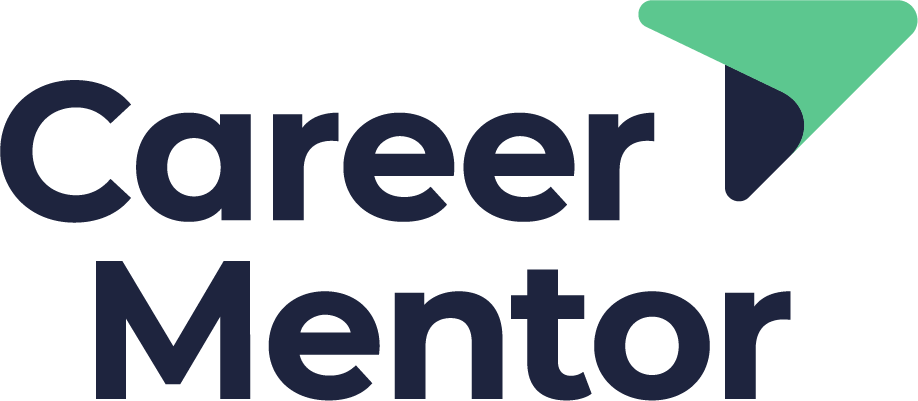Career strategy: an unclear path ahead
Is it possible that occasionally you lift your head up from the path, look towards the horizon, and wonder if you’re still going in the right direction? Becoming a bit lost in your career and not being sure where you ‘re heading is something that happens to many Financial Services professionals. In this short read, we’ll discuss this issue and give you some practical ideas for gaining greater clarity.
The first thing to say is that if you feel this way, then you’re not alone. In fact, I believe that it’s normal for this to occasionally show up in your thinking. I’d add that recognising that you feel this way and, crucially, taking action to get that clarity, will serve you very well in your career.
So, let’s get started.
Before getting to the specifics of what direction your career should take, perhaps the starting point is to understand what you want at this point in your career and in this chapter of your life. We want to develop a list of three to four key objectives that you want to achieve. Asking yourself some questions will help you identify what those objectives are:
Constraints. Are there any constraints that you might have? These could be financial or otherwise. For example, there may be a minimum amount of money you need to earn to keep the family show on the road.
Role. Will you be a skilled producer, a manager leader, or an entrepreneur? Or do you want to move to a new role entirely? You might, for example, want to become a manager of people or move within a role - from financial analyst to portfolio manager, and so on.
Industry. Given your career history, and any constraints you might have, what industry and sub-sector will work best for you?
Geography. Understanding your family set up, are you tied to working in London or are you more flexible about where you can work?
Value. What is the main way that you currently add value and do you need to change or enhance that?
Values. Are your personal and professional values aligned with what you do? What would you find more fulfilling in this regard?
These are just a few of an extensive list of questions that will get you finding those key career objectives. Put them in an order of priority, which will help you with the next step.
Now, create a list of options of the ways in which you can fulfil the objectives that you’ve decided upon: ‘I could do this for X kind of firm, and I could have this role at Y and Z types of firm’.
Finally, you can go through a process of evaluating each possible career option as to how well or not it will help you achieve your goals.
The metaphor I use is to imagine that you’re standing next to a stream in a valley in mountainous terrain. Through the drizzle, you look up and can make out the peak that you want to climb. That peak represents your key career objectives. You can see on your map and on the ground that there are three or four paths that you could take. Evaluate each of them to decide on which is the best to get you there.
Some of them will be a straight line but very steep and risky. Another will be a longer route but probably safer. One may not even take you in the right direction.
The final step is to evaluate your options. Consult with others within your personal and professional network. Or, work with a Career Coach to help you pick the right path for what you really want.
—
If you’d benefit from a 15-minute no-strings-attached conversation as to what direction your career should take, do book a call here. We’d be happy to help.
